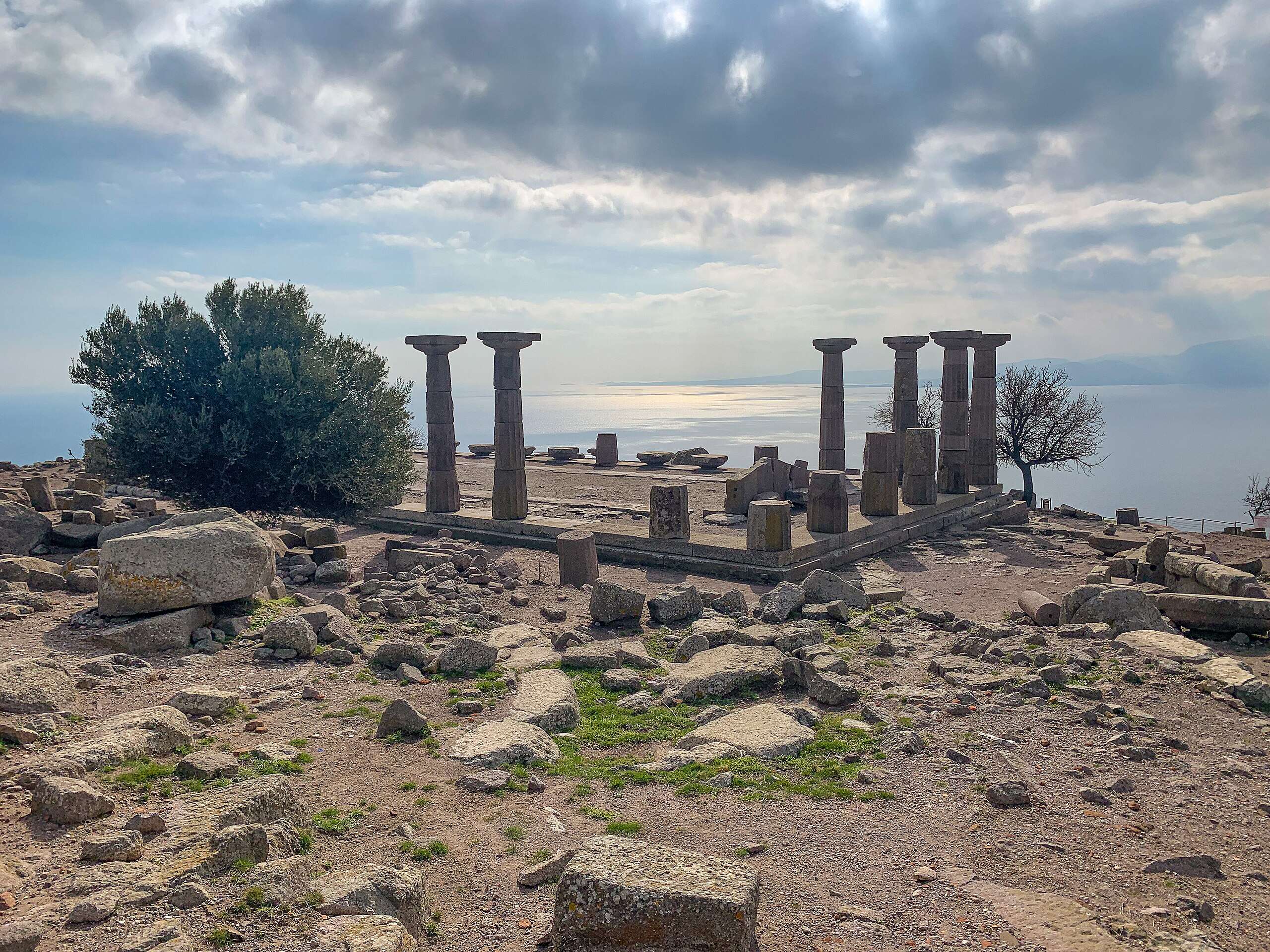

A new study explains why ancient Greek city-states thrived when others did not. According to economist Jordan Adamson, it wasn’t just geography, power, or resources—but how natural differences in local vegetation encouraged trade.
The research, published in the Journal of Economic Behavior & Organization, argues that variations in local vegetation created comparative advantages between regions, leading to trade in diverse agricultural products. The wealth this generated—and the conflicts it sparked—was central to the rise of Greece’s famous city-states.
Adamson’s model links the growth of city-states to a simple cycle: trade created wealth, which attracted attackers, and the threat of war drove communities to unite and defend themselves. This unification, “synoikismos” in Greek, was a vital step in establishing city-states.
City-states like Athens and Corinth didn’t just appear where land was good or rivers were near. Instead, they often grew in areas with different natural resources nearby—what economists call “factor diversity.”
When regions had varied resources, they were more likely to trade. And once they began trading, they also became more likely to fight—and to organize.
Historians have long debated how states formed. Some suggest that war preceded wealth, while others argue that good farming or access to rivers gave certain regions a head start. Adamson challenges both ideas by focusing on trade and its connections to wealth and war.
This is how Ancient Greece really looked like.
This is a reconstruction of Curetes Street in Ancient Ephesus. It shows how colorful Ancient Greece was.
Ephesus, was built in the 10th century BCE on the coast of Ionia. This is one of the greatest archaeological treasures on… pic.twitter.com/DHNQp96uun
— Massimo (@Rainmaker1973) January 20, 2024
Using data from over 1,000 ancient Greek city-states, Adamson analyzed battles, coin minting, and population movements. His findings reveal that trade, not just local resources, is a better predictor of where city-states are formed.
He also notes that coins, especially silver ones, were more common in trading cities. These coins helped make markets possible and signaled a growing economy.
The study places special focus on synoikismos, which is when villages merge to form a city. It wasn’t just a political act. It was often a response to outside threats. When trade made a region rich, the people living there faced new risks. Bandits, rivals, and even armies wanted what they had. Uniting gave them protection and made them a city-state.
“Synoikismos, which in early antiquity had drawn rural populations into the city and thereby first created the type of the polis, repeats itself once more at the end, in an absurd form: everyone now wants to live in the very center of the city, in its densest core; otherwise, one… pic.twitter.com/vG9MAfySS3
— Fatum Chaim (@Machine_Civ) March 12, 2025
One case cited is Megalopolis, founded in the aftermath of a major battle. The city was created from nearby villages and built with defenses in mind. It sat in a rocky area—not ideal farmland—but its strategic location made it easier to control key routes. That supports the idea that trade and defense, not just fertile land, drove state formation.
Adamson’s model is distinct from past studies. It emphasizes how varied environments nearby, such as mountain zones adjacent to fertile plains, facilitated trade. This trade subsequently influenced the development of city-states.
He criticizes past models that only focus on single variables, such as distance to rivers or land quality. The study’s use of spatial data, vegetation maps, and battle records gives new weight to a long-held idea: trade builds societies.
While the research focuses on Greece, the ideas may apply elsewhere. Adamson cites Mesopotamia, Egypt, and the Hittite Empire as examples where control of trade routes shaped early state power.
Still, the study doesn’t claim to have all the answers. Ancient data is incomplete, and many assumptions remain. However, Adamson’s work offers a new lens for examining how states formed in the ancient world and why some thrived while others disappeared.
